Bernhard Strigel (1460-1528)
Get a Strigel Certificate of Authenticity for your painting (COA) for your Strigel drawing.
For all your Strigel artworks you need a Certificate of Authenticity (COA) in order to sell, to insure or to donate for a tax deduction.
Getting a Strigel Certificate of Authenticity (COA) is easy. Just send us photos and dimensions and tell us what you know about the origin or history of your Strigel painting or drawing.
If you want to sell your Strigel painting or drawing use our selling services. We offer Strigel selling help, selling advice, private treaty sales and full brokerage.
We have been authenticating Strigel and issuing certificates of authenticity since 2002. We are recognized Strigel experts and Strigel certified appraisers. We issue COAs and appraisals for all Strigel artworks.
Our Strigel paintings and drawings authentications are accepted and respected worldwide.
Each COA is backed by in-depth research and analysis authentication reports.
The Strigel certificates of authenticity we issue are based on solid, reliable and fully referenced art investigations, authentication research, analytical work and forensic studies.
We are available to examine your Strigel painting or drawing anywhere in the world.
You will generally receive your certificates of authenticity and authentication report within two weeks. Some complicated cases with difficult to research Strigel paintings or drawings take longer.
Our clients include Strigel collectors, investors, tax authorities, insurance adjusters, appraisers, valuers, auctioneers, Federal agencies and many law firms.
We perform Bernhard Strigel art authentication, appraisal, certificates of authenticity (COA), analysis, research, scientific tests, full art authentications. We will help you sell your Bernhard Strigel or we will sell it for you.
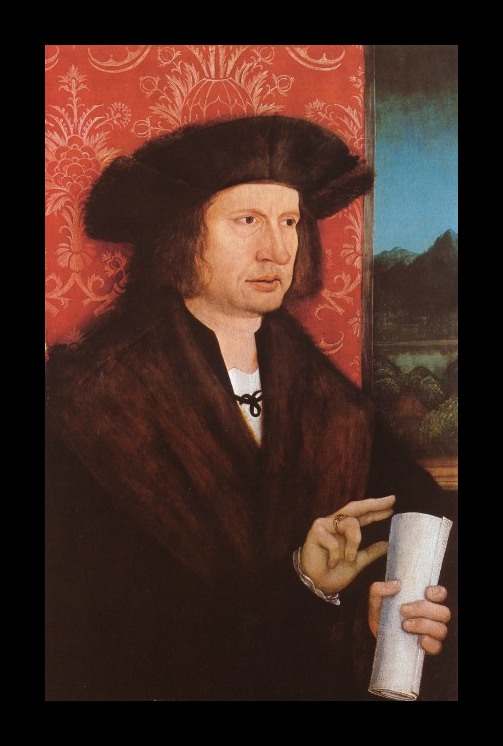
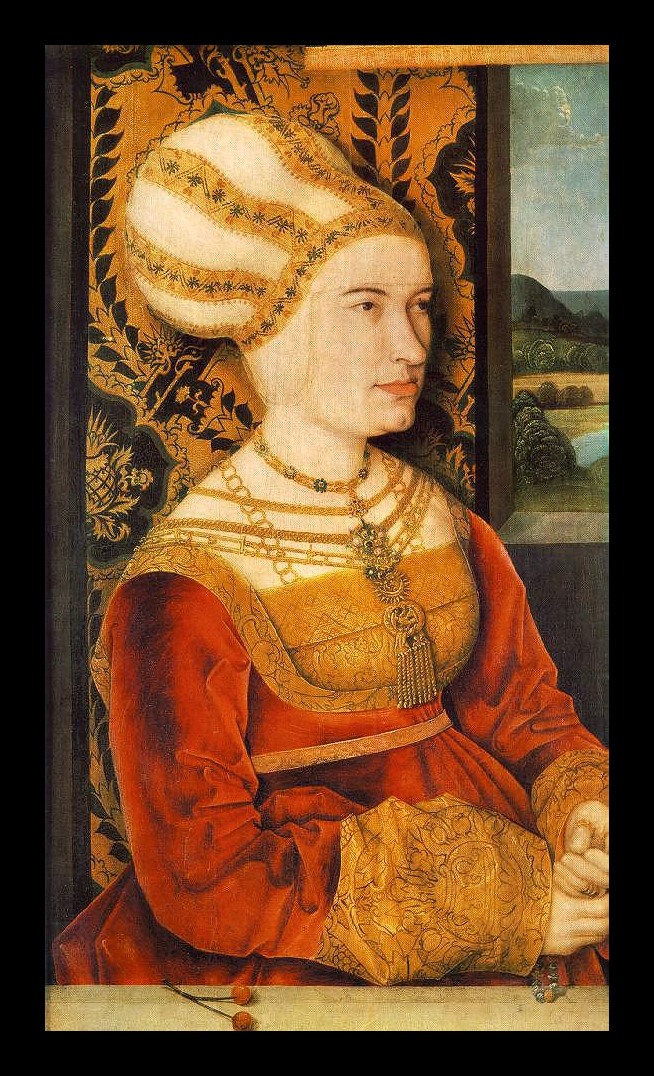
Bernhard Strigel was a German painter who worked during the Gothic-era, Renaissance transition. He was the son of a painter and was a student of the Ulmer school. He mainly painted portraits, many of which were later copied by fellow German artists. However, religious themed compositions were still very popular during his era, and he created many of those as well.
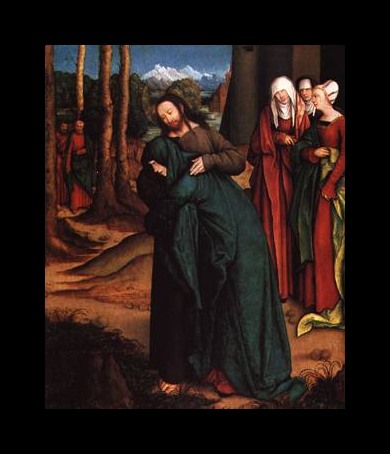

Little is known about the details of Strigel’s life, except that he was often commissioned to paint portraits of wealthy and powerful German families. In an era when most artists were primarily painting religious scenes for churches, Strigel was one of the only German portrait painters in his league. Therefore, a German portrait from this period could have been very likely crafted from Strigels’ hand. One of his most famous sitters was Emperor Maximilian and his family.
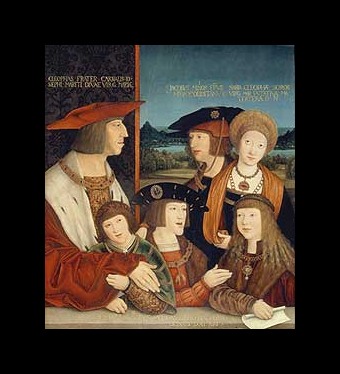
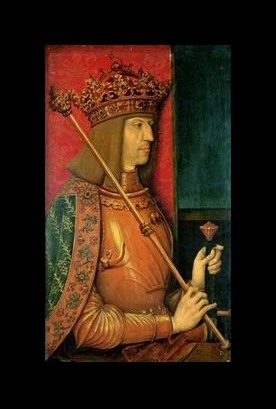
Art historians have attributed most of Strigel’s paintings based on an inscription from the Cuspinian Family, who own some of his works in their private collection. Two of his known works are also housed in the Kunsthistorisches Museum in Vienna. However, many more could be in existence somewhere in Europe, unknown and otherwise unauthenticated.
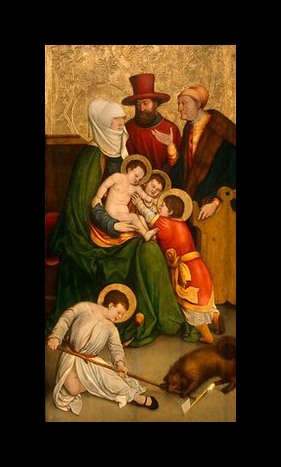

It is also known that, like so many other painters of the time, he painted altarpieces for churches in the Ulm region and other towns around Swabia. Perhaps the reason that so few paintings have been one hundred percent identified as being from Strigel is the fact that he worked between the Gothic and Renaissance periods. Therefore, his style was not constant, but ever evolving to meet with the change of times.
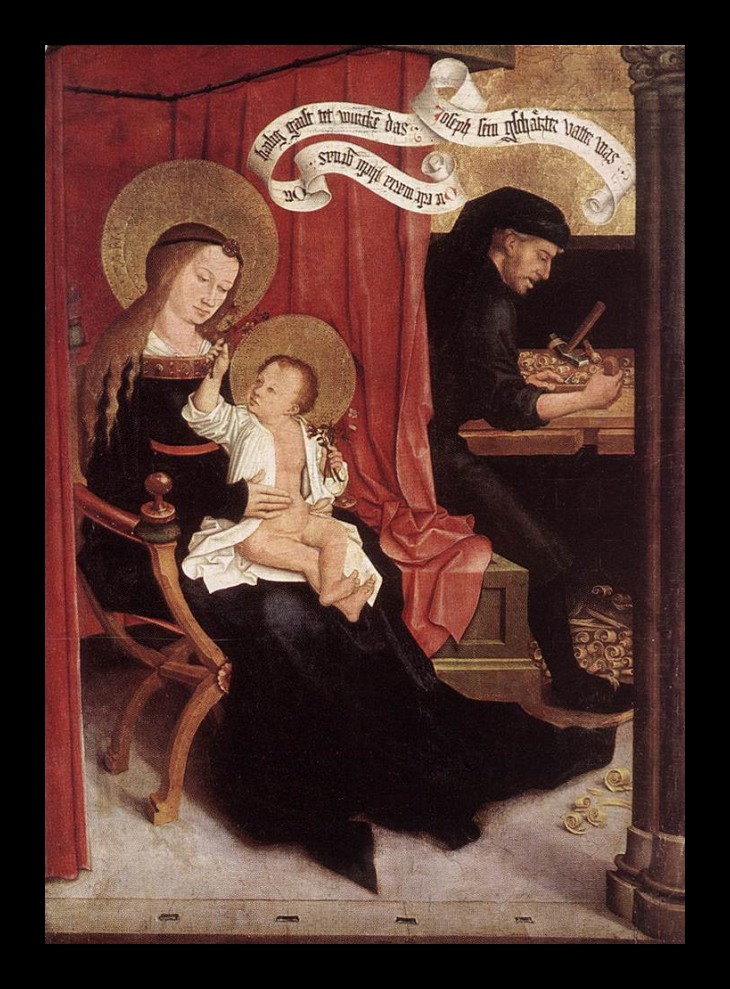

Today his work is housed in museums all over Europe and in private collections and perhaps in your own home. Still wondering about a German heirloom portrait in your family’s estate? Contact us…it could be by Bernhard Strigel.
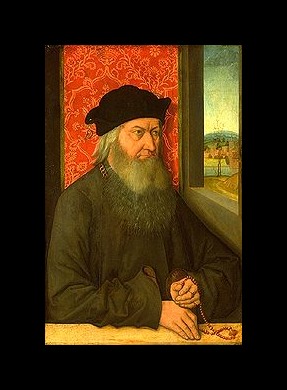
Reviews
1,217 global ratings
5 Star
4 Star
3 Star
2 Star
1 Star
Your evaluation is very important to us. Thank you.
